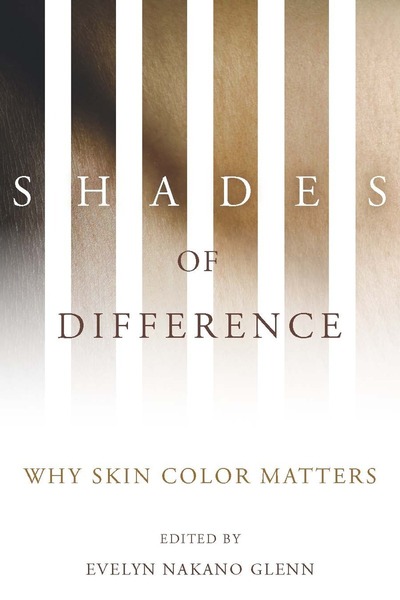Visibly Different: Face, Place and Race in AustraliaPosted in Anthologies, Autobiography, Books, Identity Development/Psychology, Media Archive, Oceania on 2011-10-22 21:44Z by Steven |
Visibly Different: Face, Place and Race in Australia
Peter Lang Publishing Group
2007
186 pages
Weight: 0.330 kg, 0.728 lbs
Paperback ISBN: 978-3-03911-323-1
Series: Studies in Asia-Pacific “Mixed Race” (Volume 2)
Edited by:
Maureen Perkins, Associate Professor of History, Anthropology and Sociology
Curtin University, Perth, Western Australia
What does an Australian look like? Many Australians assume that there is such a thing as an ‘ethnic’ face, and that it indicates recent arrival or refugee status. This volume contains nine life narratives by Australians who reflect on the experience of being categorised on the basis of their facial appearance.
The problem of who is ‘us’ and who is ‘them’ is at the heart of some of the most important challenges facing the contemporary world. Assuming that facial appearance and identity are inextricably linked makes this challenge even harder.
The introduction by the editor provides the theoretical framework to these narratives. It discusses the relevance to notions of belonging and identity of the term ‘mixed race’, and concludes that we are all mixed race, whether we look white, black or ‘ethnic’.
Table of Contents
- Maureen Perkins: Visibly Different: Face, Place and Race in Australia
- Jan Teagle Kapetas: Lubra Lips, Lubra Lips: Reflections on my Face
- Jean Boladeras: The Desolate Loneliness of Racial Passing
- Lynette Rodriguez: But Who Are You Really?
- Wendy Holland: Rehearsing Multiple Identities
- Christine Choo/Antoinette Carrier/Clarissa Choo/Simon Choo: Being Eurasian
- Glenn D’Cruz: ‘Where Are You Coming From, Sir?’
- Farida Tilbury: Hyphenated Realities: Growing up in an Indian-American-Bruneian Baha’i in ‘Multicultural’ Australia
- Hsu-Ming Teo: Alien Asian in the Australian Nation
- Ien Ang: Between Asia and the West.








